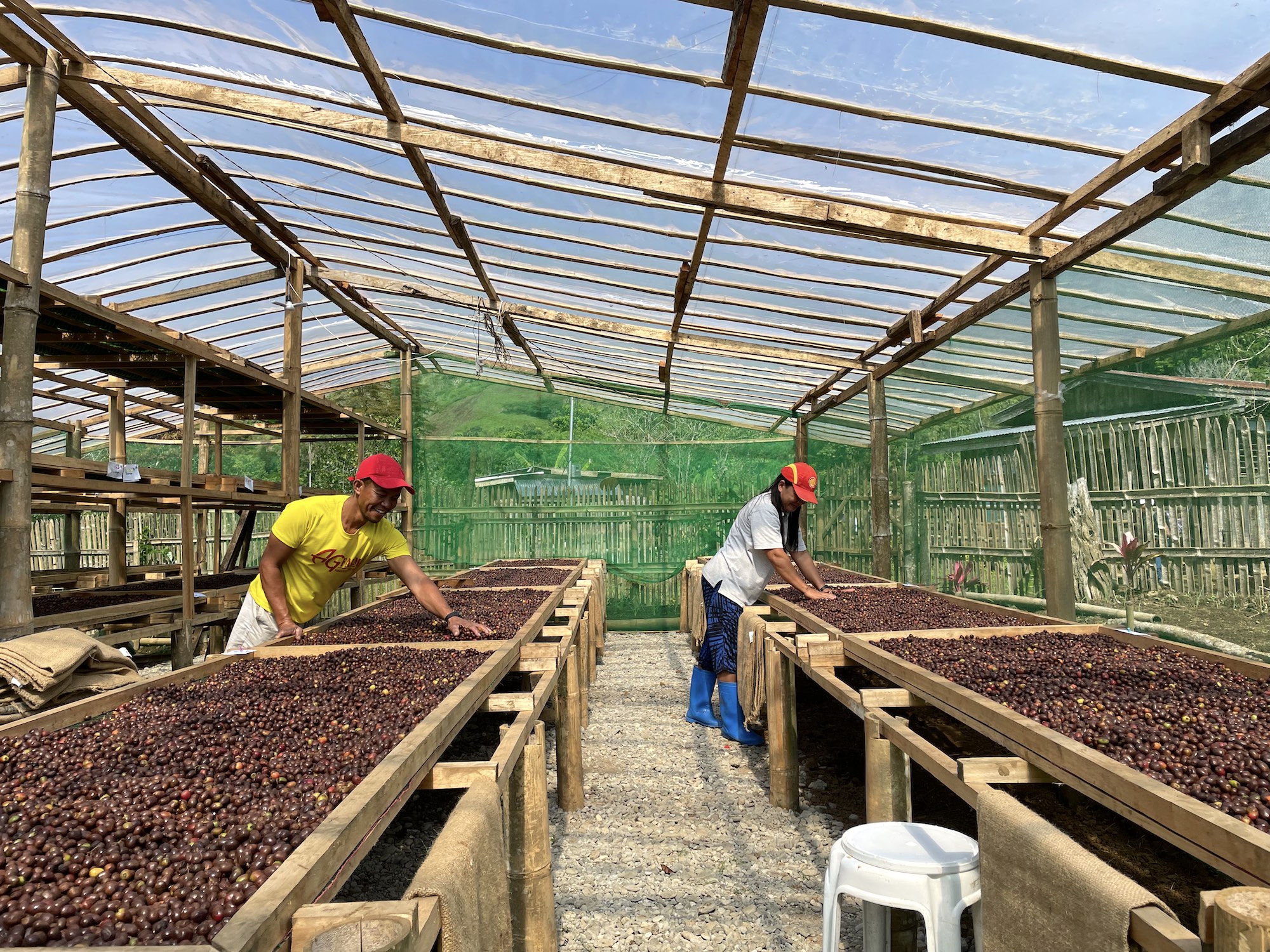Local coffee company Kalsada made headlines earlier this year when they managed to supply the first Philippine specialty beans sold by third wave giant Blue Bottle for its Origin series.
While it was a pleasant surprise for coffee lovers to see our local beans represented on the global stage and sold at such a magnitude, this was a long time coming for Kalsada, who began their foray into developing specialty coffee in the Philippines in 2014.
At the time, the climb towards reaching specialty grade for Philippine coffee was steep, even unlikely. Kalsada’s story began when its founder, Seattle-based Carmel Laurino, traveled to the Philippines, the place of her birth, to scope out the potential of raising the profile of Philippine coffee as an export commodity, while helping improve local farmer communities.
“[We saw] that potential where, if this is currently the state of how it’s processed and grown and it already has that distinct quality and profile, what more if we go deeper and improve something?” Kalsada country director Tere Domine explains
Kalsada country director Tere Domine brandishes a postcard, depicting a photograph from 1909 that shows Batango Coffee sold by a certain Filipino Coffee Co for $0.25 a pound in Seattle’s iconic Pike Place Market, proof of the Philippines’ former glory as a top exporter of coffee. The country was once a major supplier of coffee to the United States in the 1860s due to lower import costs, with Batangas’ barako in high demand. Yet a coffee rust epidemic reached local shores in 1889, and production never fully recovered since.
Fast forward to 2014 when Philippine coffee basked in the shadow of its history but were essentially diamonds in the rough. Although local produce suffered from poor farming practices, their quality and profile showed potential, Domine reflects.
“[We saw] that potential where, if this is currently the state of how it’s processed and grown and it already has that distinct quality and profile, what more if we go deeper and improve something?” Domine explains.

Laurino, Domine, and their group managed to get in touch with communities of farmers in arabica-growing Benguet, finding a partner in Sitio Belis in Atok. They set out to build a supply chain that benefited farmers and yielded high-quality, specialty-grade coffee—laying the groundwork to transform the sitio into a self-sustaining farmer community.
“The farmers are always looking for ways to improve their quality of life. Since what they have is not cash but land, how can we maximize this piece of land with a more reliable crop?” the Kalsada director adds.
From adopting one farmer community in Benguet, Kalsada today has a total of three Kalsada communities—including one in Bukidnon, a mega community of over 100 farmers.
The humble beginnings of Kalsada
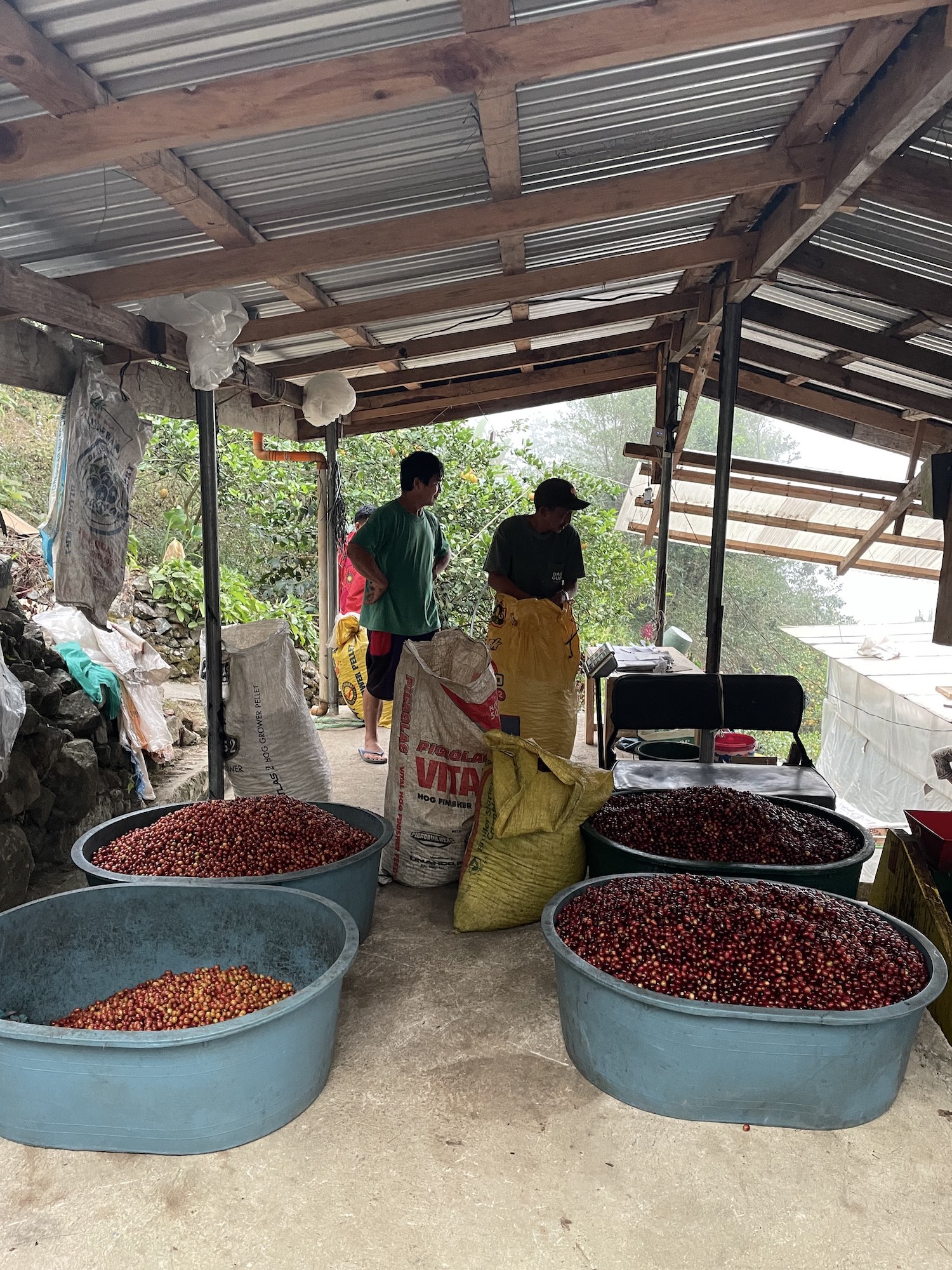
Kalsada is on track to yield 20 tons of coffee by the end of the year—a stark contrast to when they could only purchase 30 kilograms of coffee from a farmer nearly 10 years ago.
“We really couldn’t get good coffee,” Domine says. “[During] our first trip [to Benguet], we got about 30 samples from the community. We brought about 30 samples to France, we had it cupped there, and everything is just low quality.
“Naisip namin, ‘What’s missing’? [It entailed] another batch of trips and asking questions,” she says, asking if they needed to get to the bottom of the farmers’ plight. “Yung mga tanong namin sa farmers, ‘Bakit ganito na lang mga tanim niyo?’ [As for the farmers], ’yung mga concern nila is, wala [silang] mapagbentahan consistently, so why would [they] invest in this crop [each year]? Unlike vegetables, there will always be a trader who would come in and buy their produce, regardless if they’re volatile,” she explains.
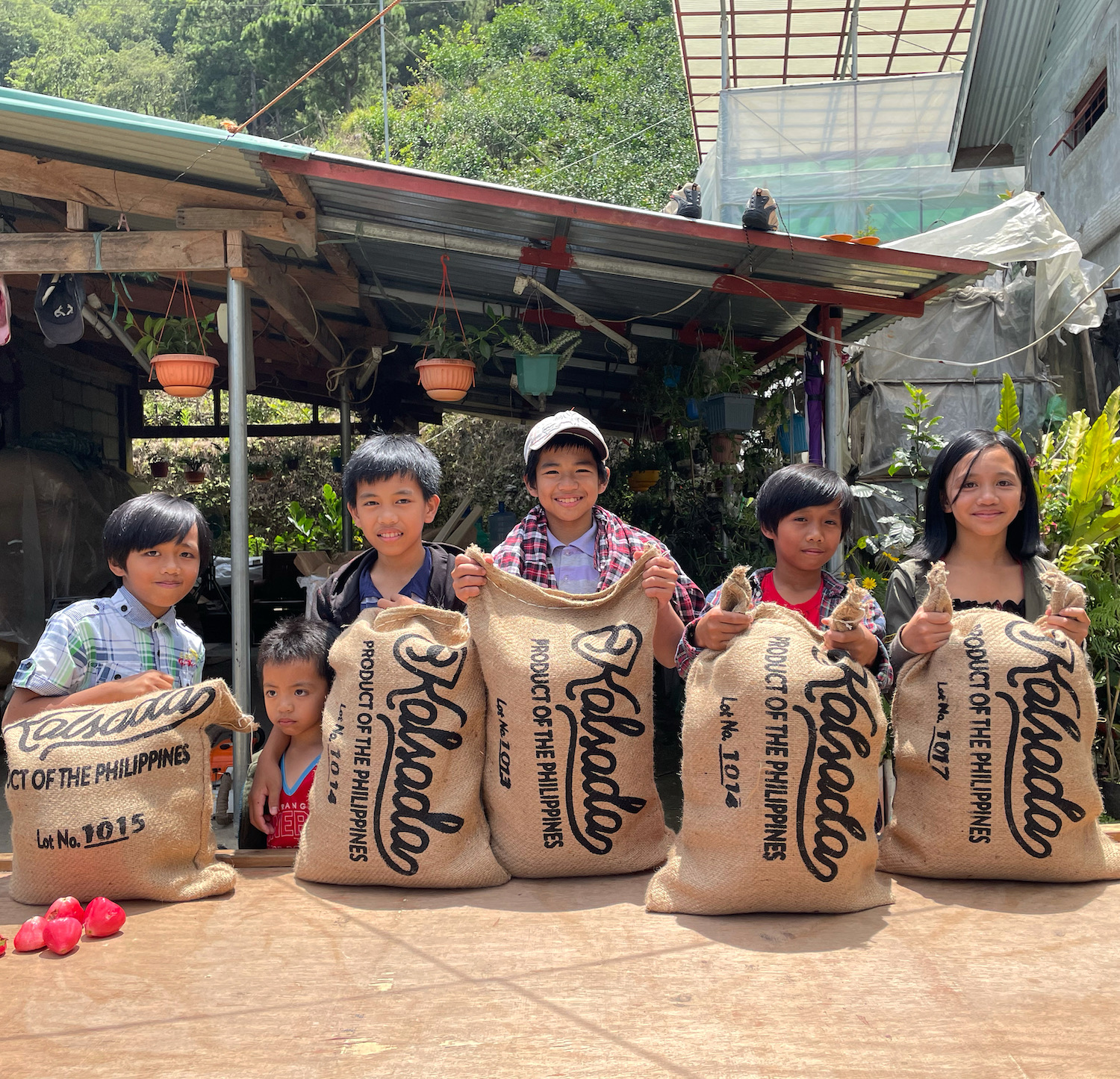
Domine points out a fundamental problem behind the decline of coffee farmers in the country—not being given access to financing, even if they owned parcels of land. “Wala [silang] access to financing. Di sila makapag-grow into farms or plantation types because coffee would take three to five years para mamunga. For a farmer, that’s a lot of money involved. Kung uutang ako, I would spend the money on vegetables that I can harvest in three to six months instead.”
“Wala silang financing na fair and reasonable for their capacity to repay. Maliliit lang din talaga ’yung farms. In Benguet, ’yung average na tanim would be like one sack of coffee in a year. The buying price when we arrived in the market was P140,” she shares.
Add to that a dwindling coffee culture in the country where people steadily preferred soluble versions such as 3-in-1 packets due to affordability and convenience.
“Wala silang financing na fair and reasonable for their capacity to repay. Maliliit lang din talaga ’yung farms. In Benguet, ’yung average na tanim would be like one sack of coffee in a year. The buying price when we arrived in the market was P140,” Tere Domine shares.
Domine and the entire Kalsada team spent years to reverse that mindset. For Domine, whose work surrounded creating systems where farmers can replicate the processes on their own, there were key things she identified: mainly for the community to have its own wet mill, which would separate the fruit of the cherry from the bean within, uniformly and consistently.
“What [was] missing in the Philippines is a proper wet mill. All coffee origins in the world have one and if we don’t, that means everything is backyard processed. For our first mill, we just went on Instagram and showed whatever they had in Colombia. I’d ask them, ‘Pwede ba ito?’ and they’d be like, ‘Pwede yan, ma’am’ with the current tools available. And then we would build it and then pagdating ng bagyo, bagsak… it’s a lot of trial and error,” she says.
Building communities from scratch

“Inalay ko ’yung atay ko and kidneys ko sa community,” the coffee head quips, sharing that her proficiency in Ilocano allowed her to relate to the farmers in Benguet, whom she visited each week. “I would go to the farms every weekend, and the men are very shy. The only way for you to get them to talk is through alak. So every weekend I’d bring 4×4 or 2×2 na gin bulag. Then I’d drink with people so they can be comfortable sharing their thoughts,” she says.
As tasked to operationalize the farm system and ensure it was replicable for farmers, this meant that a large chunk of Domine’s day-to-day was spent at the farms, where she lived with the farmers at their homes. She shares that you need to win their trust and build that confidence to create those communities. “The only thing we promised the community is we were here for the long term.”
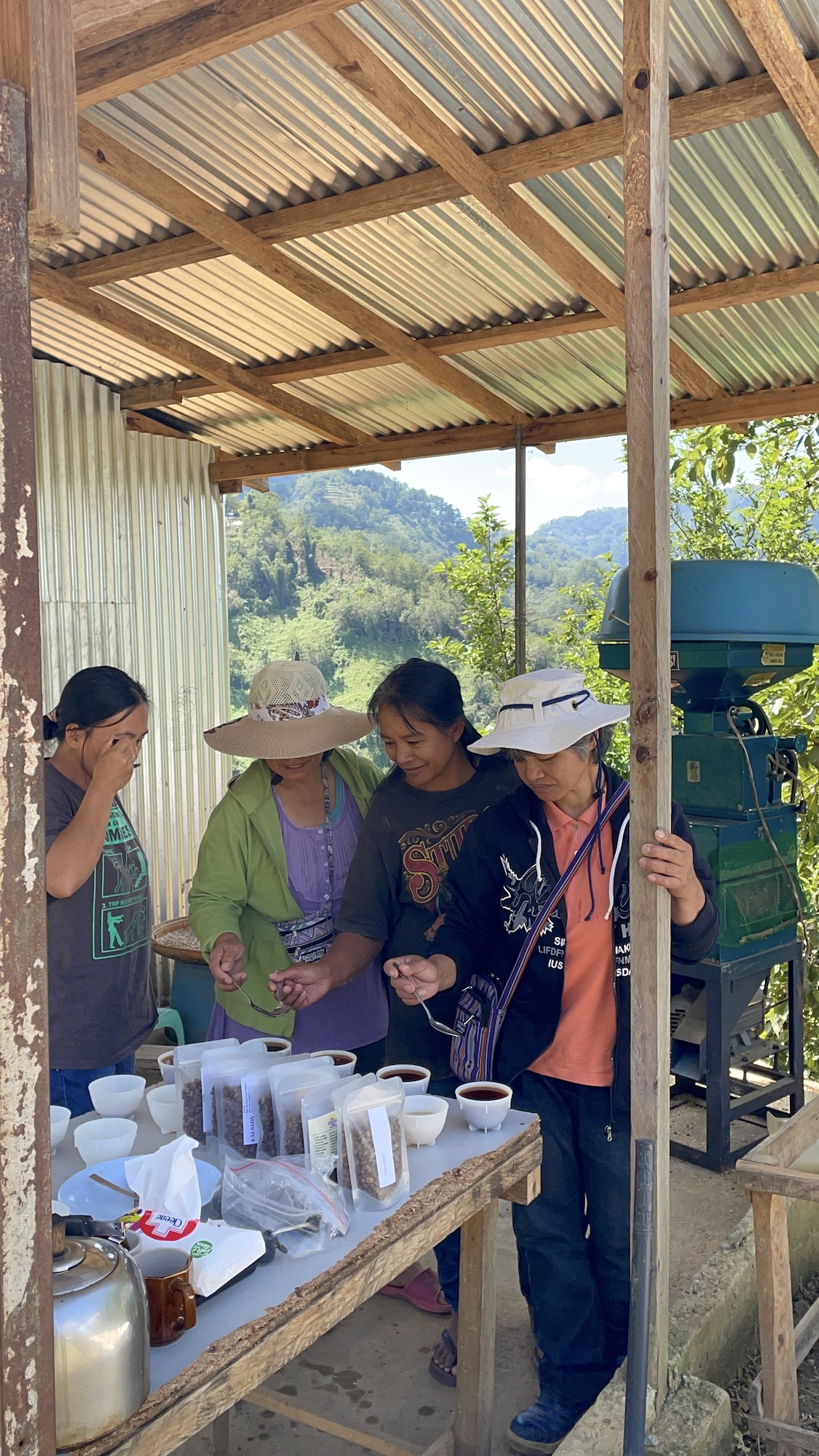
As coffee is not a volatile crop, the Kalsada team can set the price early on before the harvest, which the farmers also sign off on. “We started buying coffees in 2015 at P43 per kilo. Every year, we try to progress at P1 a kilo, now, we’re at P50 a kilo. It’s fair to them and it’s always consulted with them,” Domine says.
“We would do pre-harvest and post-harvest meetings, and we’d share with them what the plans are, how we’re going… It’s very transparent, and they tell us what they think. A lot of our developments came from those conversations. A lot of the models are adapted based on the community,” she adds.
Blue Bottle and changes in the specialty coffee scene
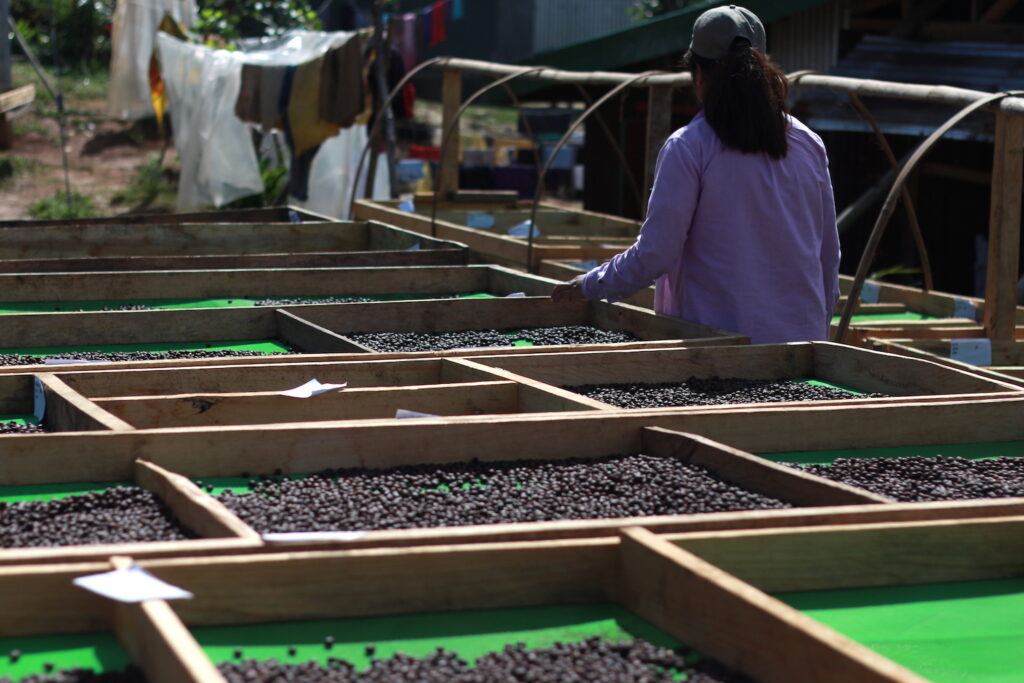
The landscape of Philippine coffee has changed vastly since Domine and her team set out to steadily improve coffee-producing practices. The goal, after all, is for the farmers to eventually own the business and run them reliably while Kalsada comes in as a buying partner.
Perhaps nothing else meant a significant stamp of approval than being carried by Blue Bottle for its Origin series—a feat that was five years in the making for Domine and her team.
It started when one of Blue Bottle’s buyers, tasked to source green beans, came to the Philippines in 2018 and became interested in Philippine beans. The buyer asked Domine’s team to send some samples to the brand for evaluation.
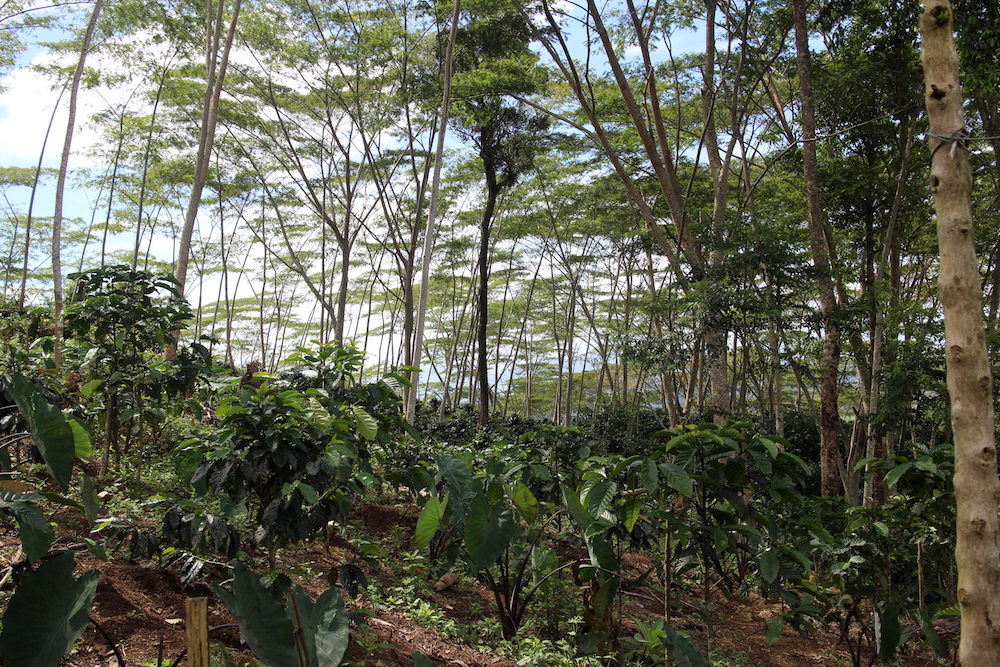
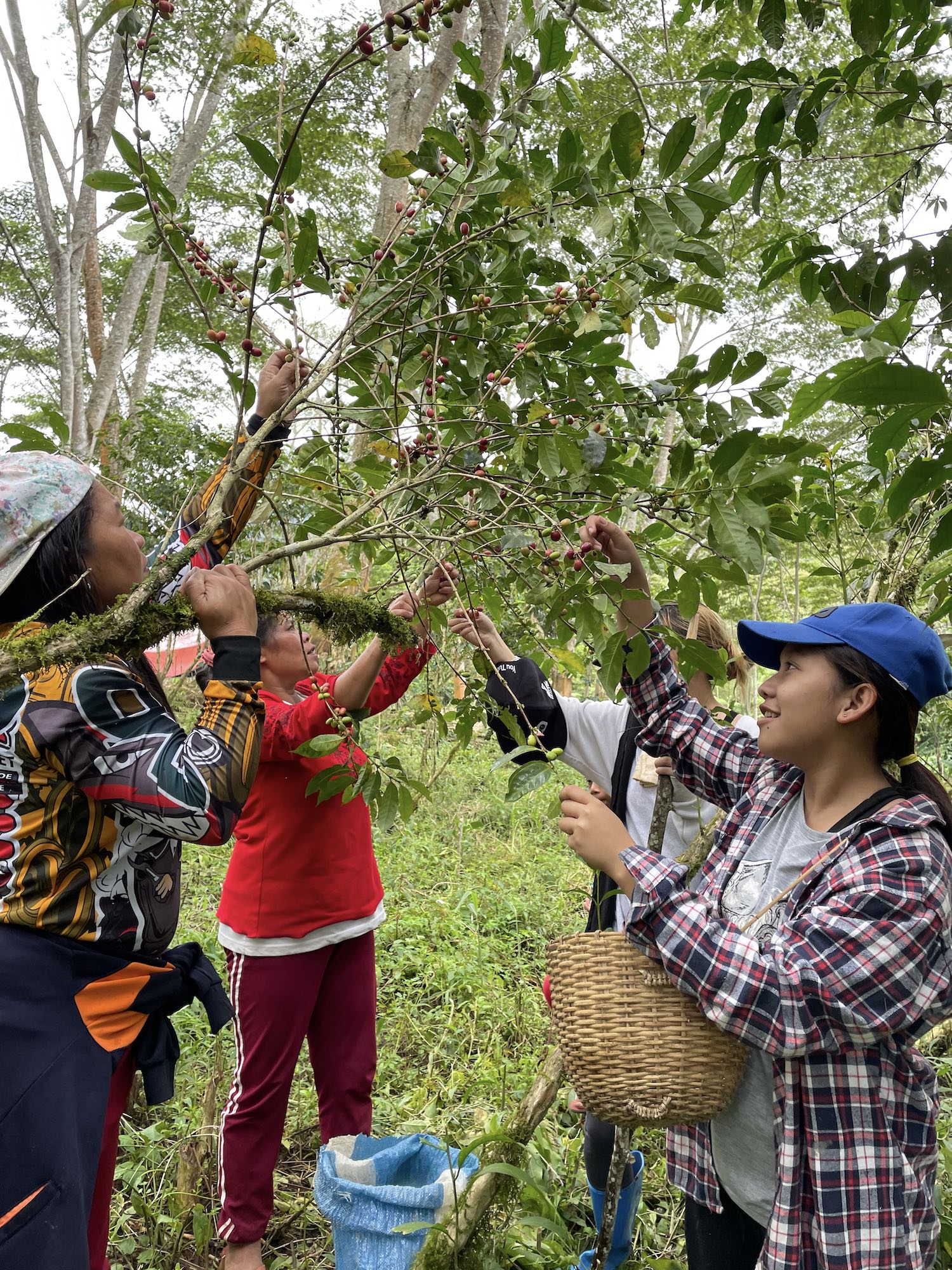
“We would send coffees to Blue Bottle and they [would grade them based on their own] set of standards. They would give us their feedback and inform us if it was denied or accepted.”
Although the initial batch they sent showed promise, it fell short of the standards set by the third wave giant. “The first time we sent our coffees, [they were scored] at 83, 84—rejected,” Domine narrates, adding that Blue Bottle was looking for beans that would score within the range of 87 and above for the price points Kalsada offered.
“We kept trying, and we would also send to new clients and give us feedback and that was always an opportunity to improve,” she adds.
Although the initial batch they sent to Blue Bottle showed promise, it fell short of the standards set by the third wave giant. “The first time we sent our coffees, [they were scored] at 83, 84—rejected,” Domine narrates, adding that Blue Bottle was looking for beans that would score within the range of 87 and above for the price points Kalsada offered.
The Kalsada team finally broke through in 2022, sending three coffee bean variants. “All of them scored really high, but they liked the Bukidnon coffees. And we sent them nine bags because that was all we had.”
There have been significant headways in the produce, too—once vilified for being “subpar” to arabica, the development of fine robusta and liberica beans has also allowed Kalsada to expand its portfolio from specialty arabica alone. This allows them to widen their market reach and invest in a budding robusta clientele, such as local customers who may be attracted to robusta’s more affordable price tag while maintaining a particular level of quality.
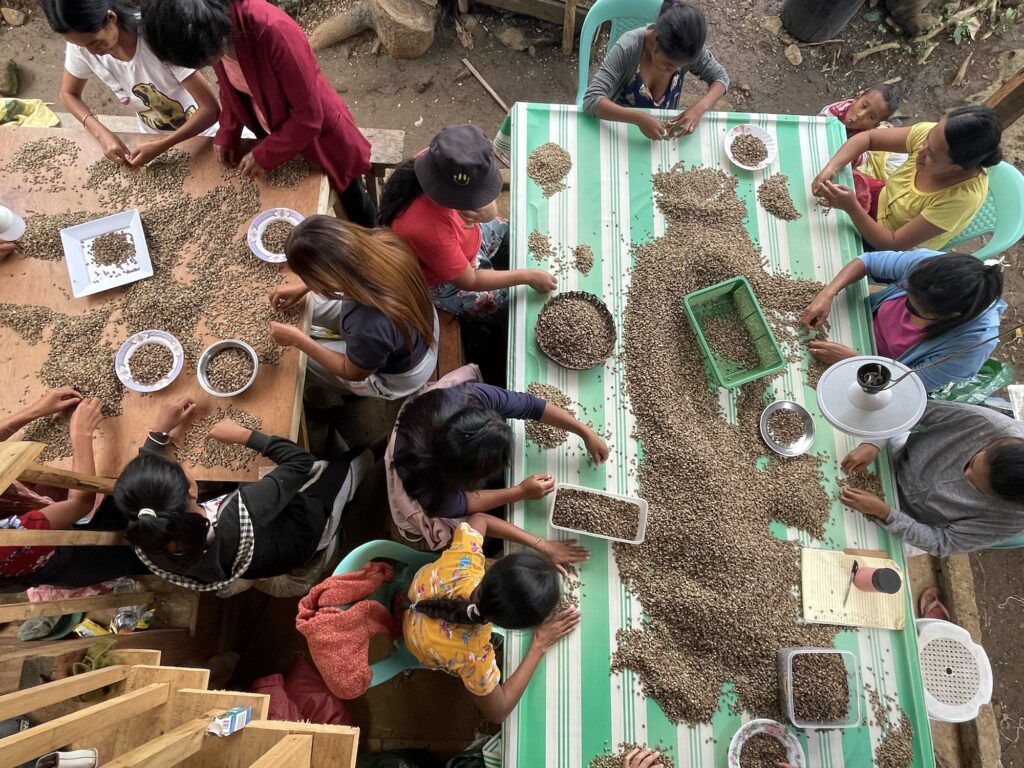
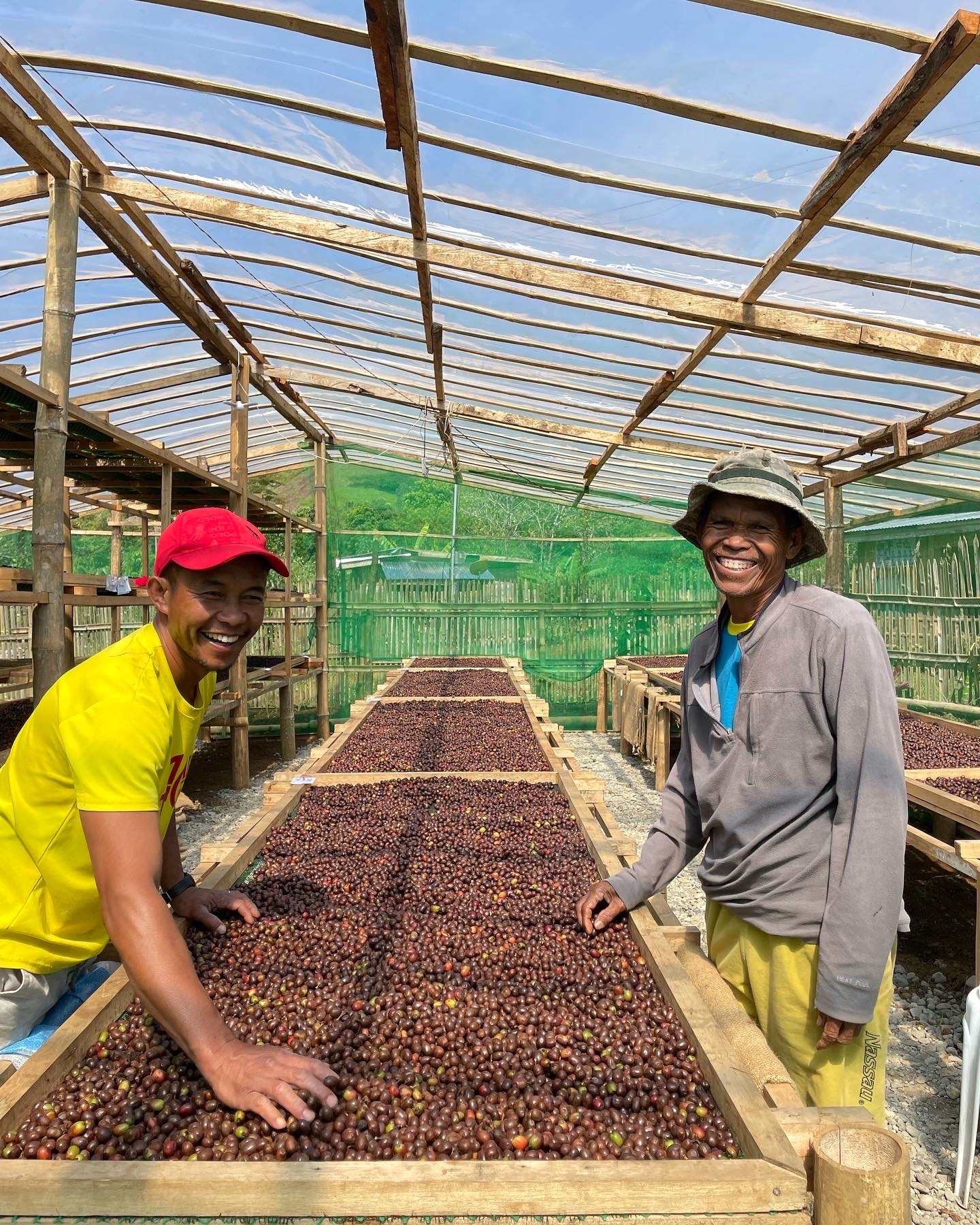
“A lot of the farmers are now into experimentation. They’ve invested in processing. They’re really more meticulous and they can taste their own produce now, the education for quality is there… we can definitely produce high-quality coffees in the Philippines right now. With a lot of support and a little bit more time, we can finally aim for that container that [Blue Bottle] wants,” she says.
Nearly a decade ago, no one believed the Philippines could be a specialty coffee producer. Yet Kalsada has paved the way for the country to return to its former glory.





